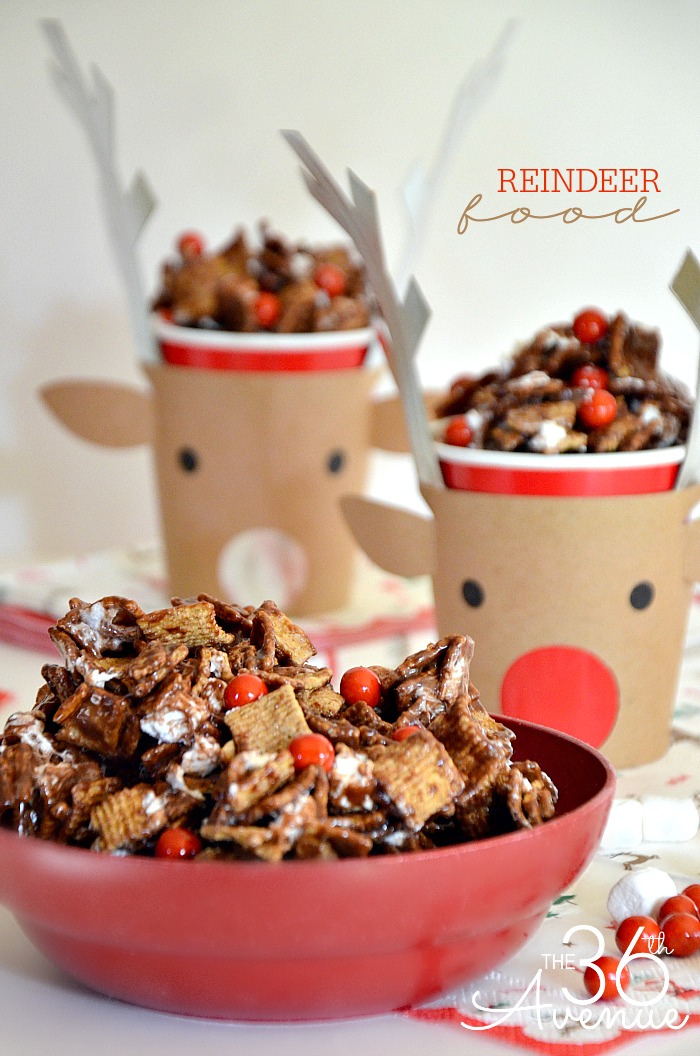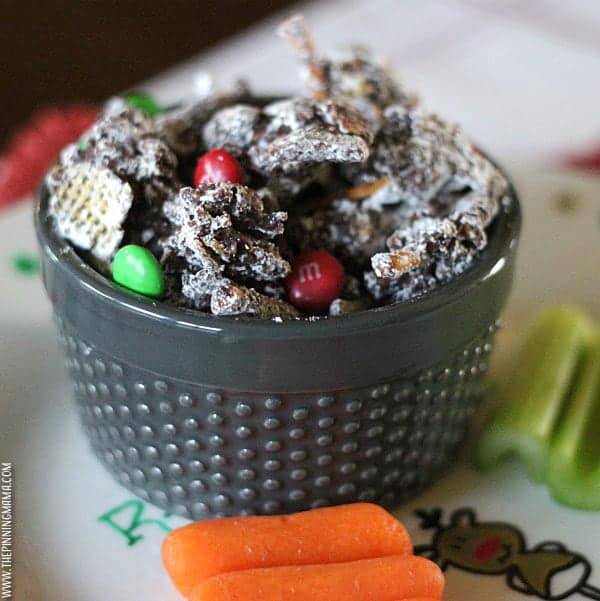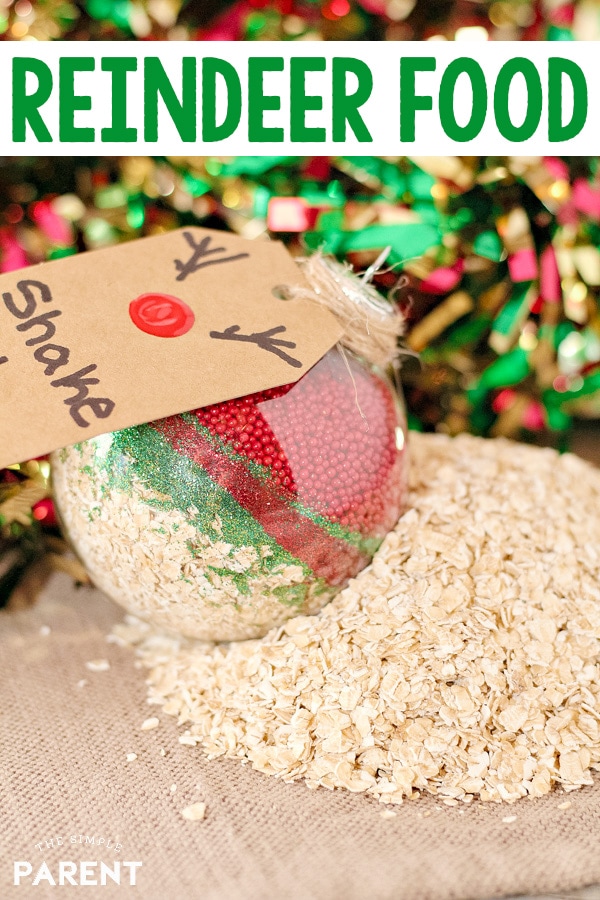The Festive Tradition of Christmas Reindeer Food: A Comprehensive Exploration
Related Articles: The Festive Tradition of Christmas Reindeer Food: A Comprehensive Exploration
Introduction
In this auspicious occasion, we are delighted to delve into the intriguing topic related to The Festive Tradition of Christmas Reindeer Food: A Comprehensive Exploration. Let’s weave interesting information and offer fresh perspectives to the readers.
Table of Content
The Festive Tradition of Christmas Reindeer Food: A Comprehensive Exploration

The tradition of leaving out "reindeer food" for Santa’s reindeer on Christmas Eve is a beloved practice that adds a touch of magic to the holiday season. While the concept of reindeer consuming oats and other grains is charming, the actual composition of reindeer food varies widely, often incorporating a blend of festive ingredients and symbolic elements. This article delves into the origins, evolution, and significance of this whimsical tradition, exploring its cultural impact and practical implications.
Origins and Evolution:
The exact origins of leaving out reindeer food are shrouded in folklore and tradition. While the act of offering food to animals, particularly during the winter months, is a practice found across cultures, the specific association with reindeer and Santa Claus likely emerged in the United States during the late 19th and early 20th centuries. The popularity of the tradition grew alongside the increasing commercialization of Christmas, with the image of Santa Claus and his reindeer becoming central to holiday imagery and storytelling.
Early iterations of "reindeer food" likely consisted of simple grains like oats or corn, perhaps with a sprinkle of sugar for added sweetness. However, as the tradition evolved, the ingredients became more elaborate, incorporating elements like glitter, sprinkles, and other decorative items to create a visually appealing and festive treat.
Cultural Significance and Symbolic Meaning:
Leaving out reindeer food holds a deep cultural significance, reflecting a blend of whimsicality, generosity, and a belief in the magic of Christmas. The act itself serves as a symbolic gesture of hospitality, a way to welcome and thank Santa Claus and his reindeer for their tireless efforts in delivering presents to children around the world.
The inclusion of specific ingredients often carries symbolic meaning. For instance, oats, a staple food for horses and other livestock, represent nourishment and sustenance for the reindeer. Glitter, often associated with magic and enchantment, adds a touch of wonder to the offering. Sprinkles, reminiscent of festive decorations, contribute to the overall celebratory atmosphere.
Practical Implications and Environmental Considerations:
While the act of leaving out reindeer food is largely symbolic, it is important to consider its practical implications and potential environmental impact. The use of glitter, a non-biodegradable material, can contribute to environmental pollution, particularly if it ends up in waterways or soil.
Furthermore, the consumption of certain ingredients, such as sugar or artificial sweeteners, can be detrimental to the health of animals, including deer and other wildlife that may be attracted to the offering. It is crucial to prioritize natural and biodegradable ingredients, avoiding anything that could harm wildlife or contribute to environmental degradation.
FAQs about Christmas Reindeer Food:
Q: What is the traditional recipe for reindeer food?
A: There is no single, definitive recipe for reindeer food. However, common ingredients include oats, corn, birdseed, glitter, sprinkles, and a sprinkle of sugar.
Q: Is reindeer food actually eaten by reindeer?
A: While reindeer are known to consume oats and other grains, the specific ingredients found in commercially available reindeer food are not part of their natural diet. The act of leaving out reindeer food is primarily symbolic.
Q: Is it harmful to leave reindeer food out for wildlife?
A: Some ingredients commonly found in reindeer food, such as glitter and artificial sweeteners, can be harmful to wildlife. It is crucial to use natural, biodegradable ingredients that pose no risk to animals.
Q: What are some alternatives to traditional reindeer food?
A: Instead of leaving out commercially available reindeer food, consider creating a simple offering of natural ingredients such as oats, corn, or birdseed. These options provide nourishment for wildlife while minimizing environmental impact.
Tips for Creating Eco-Friendly Reindeer Food:
- Prioritize natural ingredients: Opt for oats, corn, birdseed, and other natural grains that are safe for wildlife.
- Avoid glitter and artificial sweeteners: These ingredients can be harmful to animals and the environment.
- Use biodegradable decorations: Consider using natural elements like pine cones, dried berries, or cinnamon sticks for decoration.
- Spread awareness: Educate others about the potential environmental impact of non-biodegradable ingredients in reindeer food.
- Consider alternative offerings: Instead of leaving out food, create a simple "reindeer haven" with a small pile of branches or a shallow bowl of water.
Conclusion:
Leaving out reindeer food for Santa Claus and his reindeer is a cherished Christmas tradition that embodies the spirit of generosity and the magic of the holiday season. While the act is primarily symbolic, it is important to be mindful of its practical implications and potential environmental impact. By opting for natural, biodegradable ingredients and promoting sustainable practices, we can ensure that this beloved tradition remains a cherished part of the holidays while minimizing harm to wildlife and the environment.








Closure
Thus, we hope this article has provided valuable insights into The Festive Tradition of Christmas Reindeer Food: A Comprehensive Exploration. We hope you find this article informative and beneficial. See you in our next article!